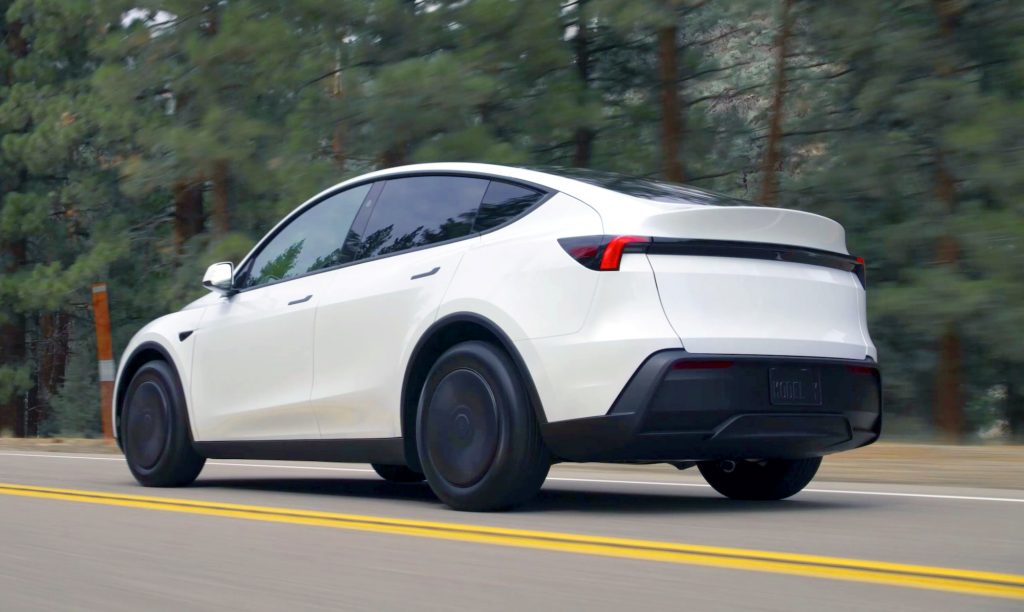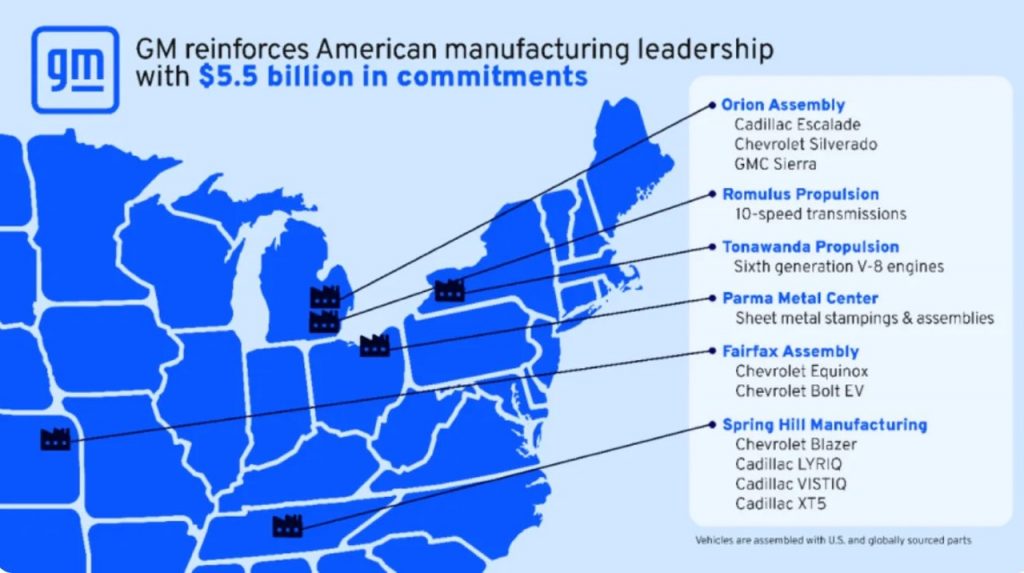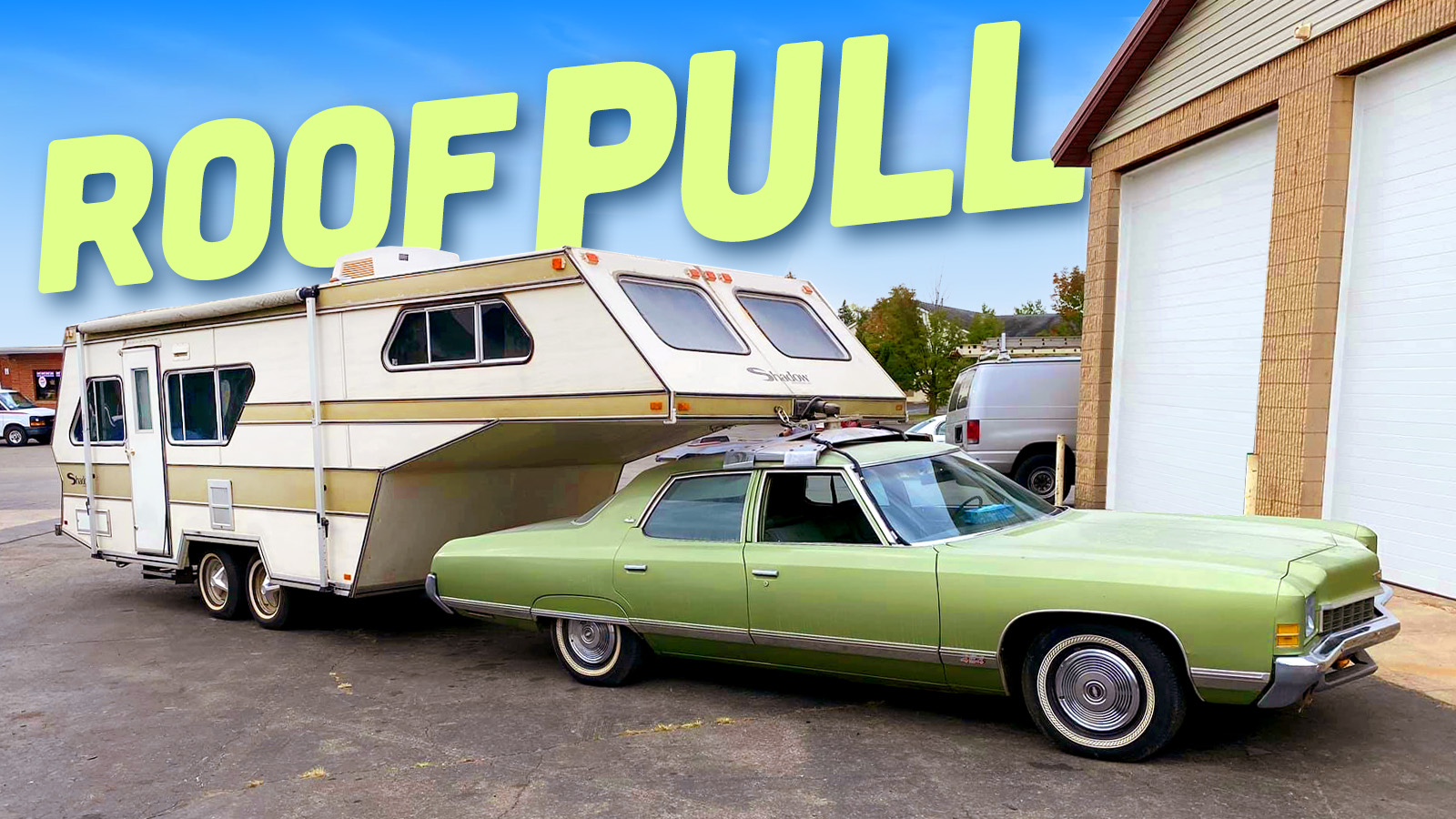I am always excited about new automakers, and the electric car hype boom (plus low interest rates) combined to encourage a bunch of them to launch. The track record of those new startups hasn’t been great, but that hasn’t discouraged new players like Scout and Slate. Both were initially EV-only, though one is starting to diverge.
The Morning Dump is a big fan of Europe’s car association (the ACEA) because it puts out detailed data, which allows us to see how big hybrids are there and how far some brands continue to fall. You can probably guess the brands.
GM is mostly out of the European market, and its recent investment announcements show that this will likely continue. That automaker is still in Brazil, where it has to compete with a suddenly interesting Jeep brand.
Scout’s Question: To Hybrid Or Not To Hybrid
David has been very excited lately about the Volkswagen-owned truck/SUV subsidiary Scout. He’s into it so much that he put down a deposit on one. The brand initially intended to launch as an EV-only company before suddenly adding an EREV option at the last minute to better serve its most important market (the US of A).
There’s a lot already known about this product, including that it’ll be one of the first VW vehicles to have full Rivian integration. Automotive News just did a deep dive into the company, which is about to build more production-like pre-production models, and this caught my eye:
In September, Scout CEO Scott Keogh said the brand had procured most of the materials, parts and key components for the Traveler and Terra.
Scout has relied on the vast resources of VW Group to secure better pricing and availability on parts. Scout also plans to source batteries from VW Group’s PowerCo subsidiary.
Decker said Scout has not decided whether it’s going to launch production of both models at the same time or which powertrain will be available first.
The time between the announcement of Scout and the actual first vehicles in customers’ hands is annoyingly long (which is an industry-wide problem), so it makes sense to maybe focus on getting one product out faster while holding off on the other. A report last month indicated that the hybrid was going to come first, but this seems to contradict that. Also, Scout said early on that it got way more orders for the EREV version than the EV version, so why do the EV first?
There’s a model for this. Ram straight-up cancelled its EV truck in order to build a range-extended Ram 1500. I sense that it’ll be hybrid first, but who knows. Perhaps Scout is just afraid people will cancel the EV orders if they find out how long it’ll take to come to market.
Hybrids Continue To Dominate In Europe, EVs Not Bad, Tesla Sinks Further

It’s almost getting boring writing about how poorly Tesla has done in Europe since it started facing real competition from China as well as, you know, controversy surrounding the company’s CEO. As of October, the ACEA reports that Tesla has dropped nearly 39% year-to-date and by almost 50% year-over-year this month.
The European car market is up slightly overall, so it’s not entirely a market issue. Is it an EV issue? Not quite, EVs are doing well (now 16.4% of total market share), but not as well as hybrids. This is important because it means that it’s unlikely Europe can meet its ambitious goals, even with more affordable Chinese EVs and a return of EV incentives, as the ACEA notes:
Despite this recent positive momentum, overall volumes remain far below pre-pandemic levels. The battery-electric car market share reached 16.4% YTD, yet it is still below the pace needed at this stage of the transition. Hybrid-electric vehicles lead as the most popular power type choice among buyers, with plug-in hybrids continuing to gain momentum.
It turns out people want affordable cars and a mix of powertrains, pretty much everywhere.
GM Announces More Investments In The United States
With the sale of Vauxhall/Opel, GM has mostly (but not entirely) gotten out of Europe. While China is still a key market for General Motors, there’s been a distinct shift back towards the United States. That’ll continue with the announcement this week of more production here, mostly focused on gas-powered cars, though including some Bolt:
General Motors is reinforcing its leadership in American manufacturing with a new ~$250 million commitment in its Parma Metal Center in Ohio. This will enable production of sheet metal stampings and assemblies to support the multi-billion-dollar product allocations announced at Orion Assembly (MI), Spring Hill Manufacturing (TN), and Fairfax Assembly (KS) earlier this year.
With this new commitment, GM’s total manufacturing investments for 2025 now approach $5.5 billion, underscoring the company’s aggressive commitment to domestic manufacturing and meeting customer demand across its ICE and EV portfolio.
Moon over Parma, bring a Camaro to me tonight.
Another Jeep Exec Crashes Through A Window

Yet again, a Jeep executive has missed their turn and crashed a brand-new Jeep through the window of a press event, this time in Brazil. When will this madness end?
The Morning Dump Was Made While Listening To
The reference to Parma above made me think of the only song I know about the Ohio suburb. It’s “Moon Over Parma” from The Drew Carey Show opening.
The Big Question
Are you hitting the road this Thanksgiving? How long of a drive, and what are you taking?
Photo: Scout










Offer both, but plan on selling a lot more hybrids at first. Personally, I’d prefer the EV, but our charging infrastructure isn’t that great yet. I think a lot of the country, especially out west, is like that.
Thanksgiving driving is exhausting. Our trip is four miles each way and it is always, at least, an eight minute drive.
When I was young and stupid, I once did a 12-hour, one way, drive for Thanksgiving. The food was excellent and the company was better, but I never did that again.
I there a difference between an EREV and a hybrid?
Yes-ish, an EREV is typically a serial hybrid, with the engine recharging the battery but never powering the car, whereas in the hybrid in normal parlance the engine moves the car and is being supported by the battery (parallel hybrid), either always (as in mild hybrid), resulting in better performance and fuel economy, or even fully battery driven for short distances (up to 60ish miles) and the engine kicks in when needed or battery low
Thank you.
An EREV can also plug in. Some hybrids do (plug-in hybrids); some don’t.
Series hybrid first. I have five cars including an EV (from VW, thanks to the magic of depreciation), but an International would replace one of my cars that has to be able to do roadtrips, sometimes 1,000 miles in a day, sometimes towing.
I imagine that is the case with many large, expensive SUV/pickup buyers. Between the moronically large batteries these need to go pure EV and the towing and roadtrip uses (along with often not being used for regular long commutes) these are the last vehicles that should go pure EV.
Not in the US so there’s no Thanksgiving here, but I did do a 1000mi trip a few days back in my Mazda 6e EREV sedan. Pretty impressed with mileage, carrying three people and filled to the brim with luggage and cargo, cruising at 80mph/130kmh and I got 35mpg (6.6L/100km) with the battery pretty much depleted.
I think EREVs work best when the car in question is a slippy low-drag sedan, wagon or hatchback, maybe less so for SUVs and trucks. But it does seem like the easiest way to re-engineer a gas engine into an EV platform.
(Some quick guesstimates: a slippy EV truck like the Rivian R1 does 1.5mi/kWh on the highway. My EREV cranks out 3.5kWh per litre of gas, so that’s 13.2kWh/gal. So assuming weight and aero stay the same, a hypothetical EREV setup for the Rivian would get 19.8MPG. Is that typical for a US gas pickup? I remember Mercedes mentioning the diesel Silverado that did 31MPG a while back)
I have 20,000 miles on my Rivian R1S and my overall efficiency is about 2.1mi/kwh. So that makes it closer to 27/28mpg equivalent based on the math you shared (I think).
For comparison, an F-150 with a V8 gets combined 18mpg, 3.5L ecoboost gets 20mpg, and the 2.7L ecoboost gets 25mpg. So I would say it’s in line or slightly better for efficiency. My personal experience is that it feels incredibly inefficient, which is more linked to how long it takes to charge vs a 5 minute fuel stop.
Ahh, thanks for the real efficiency numbers. Honestly 2.1mi/kwh isn’t too bad, my supposedly aero sedan does 2.7mi/kwh (22-24kwh/100km) at 80mph so your Rivian isn’t that far off.
The grapevine says the EV is delayed indefinitely.
I think it’s pretty clear by now that BEVs in the US are a niche and will remain so for a while. Why even go for that, Scout? Give people their EREV, what’s the worst that can happen, this is already a premium vehicle so a few grand extra for that ICE will make sense to skip the range anxiety. And of course the Hybrid next if you must.